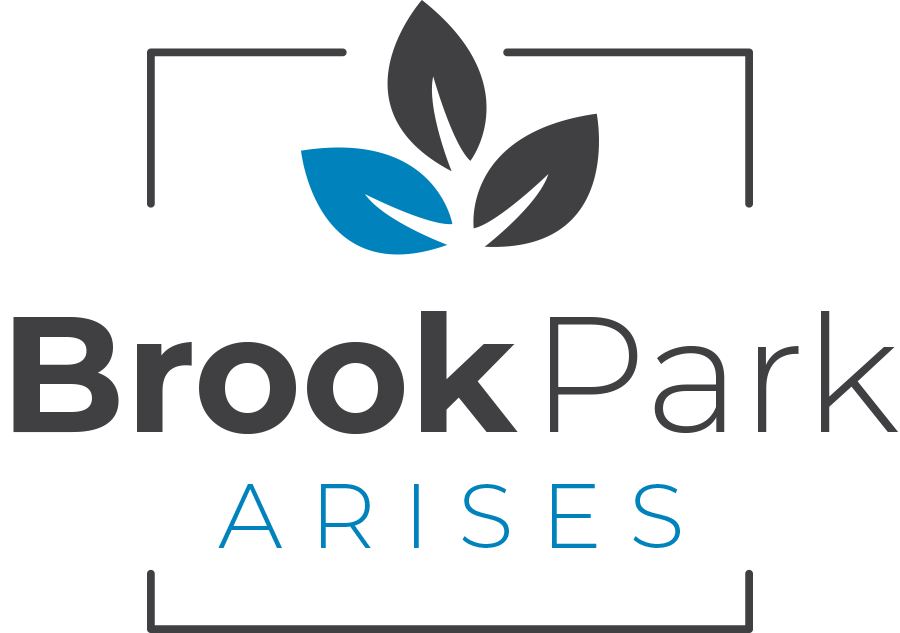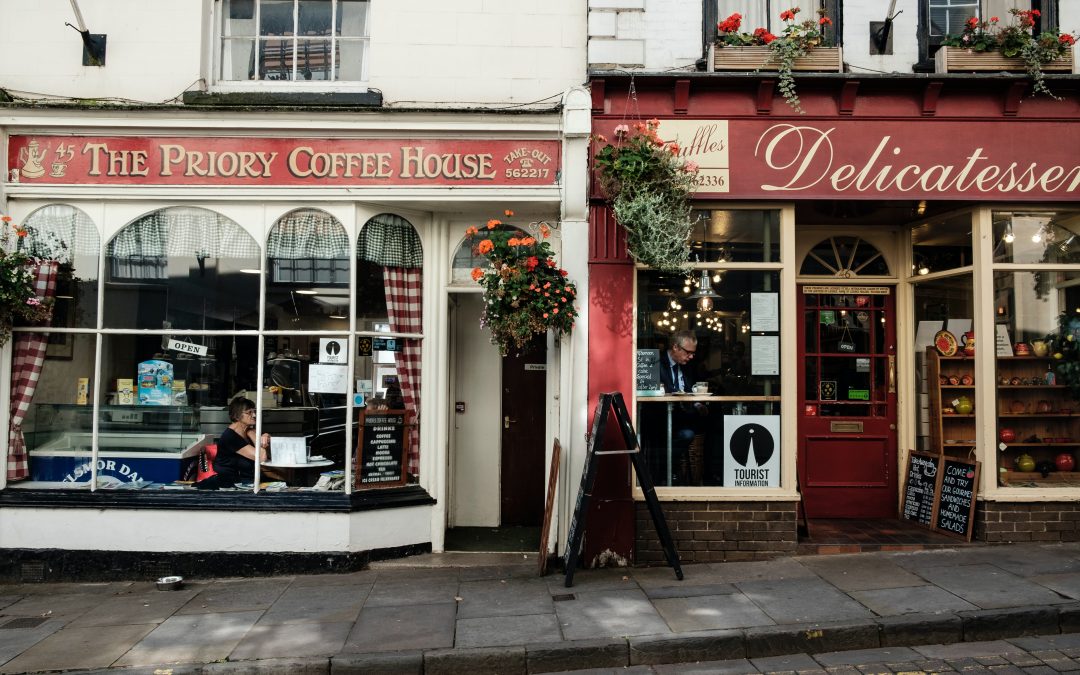Building a city for cars is like building a house for a hammer.
Cities are constructs that are built by people, for people. From paper to pavement, people develop their city’s wordy charters, zoning laws, taxes, permits, and applications. People create layers upon layers of meaningful bureaucracy to document and manage virtually every minor and major decision made within their city’s borders if only to preserve the order and happiness among their fellow residents. It is people who set up their cities with departments, boards, councils, and commissions, and staff them with even more people who oversee and adjust the rules and laws of the municipality. These bodies of people approve, amend, and sometimes deny ordinances, resolutions, and variances to keep things moving for the people who live among them in their city.
In the end, the government of a city is a tool created by people and managed by people. Yet, despite the authority bestowed upon this human-made bureaucracy, it doesn’t do justice to define or provide meaning to the city as a whole. Rather, it’s the people of a city that inherently give it its meaning.
Why Cities?
What is the goal of a city? Why do they exist?
We can look to Civic strategist Otis White, who took a stab at answering that question in his 2010 article, “Purpose of a City”. In his article, White asserts that it is the citizenship of a city’s residents and the ability for a resident to “take responsibility for their community” that establishes a city’s underlying purpose. He acknowledges the tangible and physical nature of a city as opposed to an intangible and abstract political concept like a state or county. He cites people’s proximity as a city’s unique advantage to encourage and create citizenship among its residents. White further defines a vital part of citizenship as the participation of residents engaging in molding the city’s physical form. He writes, “[Residents] can determine the city’s physical form, the streets, buildings, sidewalks, and connections. And that form, over time, will mold them.” By molding the city’s form, he explains, they produce a feedback loop where “the more consciously you shape the urban form, the more form changes you and the others around you.” In this way, supporting things like accessibility and opportunity for fellow residents has a way of equally impacting those who encouraged those items in the first place, making the city more livable for everyone in the process.
Ergonomics and Citizenship
Ergonomics is a design method that incorporates human psychology and physiology into the development of tools, objects, and places to engineer them better for the people who use them. When we talk about things like accessibility, we’re talking in a sense about ergonomics as we’re exploring the individuality of human conditions and defining the scope of our efforts to engineer something usable by virtually anyone.
Consider something as benign as a pair of scissors. Whether you’re left-handed or right-handed, at some point in time, you or someone you know may have grabbed a pair of scissors designed for someone of the opposite handedness. By virtue of their purpose, scissors’ design has immense implications for their usability.
Depending on a person’s natural penchant for which is their dominant hand, scissors’ design impacts the comfort, accuracy, and even the ability to cut something successfully. While left-handed people only constitute roughly 10% of the population, 1 in 10 people being uncomfortable or unable to use a pair due to their innate motor skill preference has been deemed unacceptable by the market to the point of developing scissors specifically for left-handed people. But note that with scissors and other products designed for specific handedness, despite the 90/10 split in usability among the population, we don’t generically engineer scissors and then require another tool to use them. It isn’t expected of us to carry an adapter to make these products usable; rather, the products are engineered to fit your hand, no matter what your preference. If we can expect as much of something as arbitrary as scissors, why not expect the same from something as consequential as the place we live?
Understanding that people are the lifeblood of cities and that ergonomics is a design method for enhancing human usability, what would it mean to make our cities and towns ergonomic? People are simultaneously responsible for the organization of cities; they are the citizens who reside in them; they cyclically provide the very citizenship, which is why a city exists in the first place; so why do we design our cities at a scale that requires a tool like an automobile to make them accessible? Why isn’t Brook Park designed for people? Just as the design of scissors can find a way to include left-handed people, why aren’t we finding ways to include the walkers, the bikers, seniors, and handicapped alike? The same as we don’t need an additional tool to use a pair of scissors, why should people require extra tools to use our city, especially when the very purpose is people?
Since the explosion of suburbanization in the 1950s, cities began shaping themselves under the impression that everyone in the area would, and should, own an automobile. Low-density housing, strip malls with ample parking, and cul de sacs began dotting the once docile countryside, pushing human essentials farther away from each other out of reasonable walking distance for the people who were moving into these areas. The elimination of a connected grid limited routes and served to increase the distance to specific destinations. Additionally, automotive-centric development inherently made other forms of transportation like walking and bicycles more dangerous as roads inevitably were widened and speed limits increased to accommodate more vehicles. The once people-centric construct of the city was seemingly discarded for the convenience of cars and traffic rather than for the comfort and accessibility of people.
We designed our suburbs for a tool and not the user.
We’ve built a house for our hammer.
Brook Park is the Hammer’s House
The city of Brook Park is ground zero for this style of development. Take the Snow Road Corridor, for instance:
 We’ll define the Snow Road Corridor as being from the junction of I-71 and Snow Road, heading east on Snow across Smith Road to the intersection of Snow and Michael Drive. In The Corridor, we will include all of the developed parcels along that route, the entire Brookgate Shopping Plaza, including the outbuildings within the plaza’s area, and exclude the two operational gas stations (for fairness, since their intended primary business is automotive).
We’ll define the Snow Road Corridor as being from the junction of I-71 and Snow Road, heading east on Snow across Smith Road to the intersection of Snow and Michael Drive. In The Corridor, we will include all of the developed parcels along that route, the entire Brookgate Shopping Plaza, including the outbuildings within the plaza’s area, and exclude the two operational gas stations (for fairness, since their intended primary business is automotive).
In this corridor, as we’ve defined it, we have roughly 67 acres (2,929,724 sq ft) of developed land. Of that 67 acres, we use approximately 40 acres (61%, or 1,785,326.5 sqft) on parking or other auto-centric uses. Meanwhile, about 16 of those acres (23.5%, or 688,472 sq ft) are building footprints dedicated to usable space and commerce.
There are several monumental disadvantages when a city devotes just over 3/5ths of commercially zoned land to automobiles: First, the paved area itself is functionally unproductive and cannot generate anything meaningful on its own, cross-pollination of surrounding businesses becomes virtually nonexistent due to the inconvenience of each parcel not being accessible to foot traffic, the maintenance of parcel’s infrastructure is linked inexorably to the success or failure of the surrounding properties, and of course, non-walkable districts inhibit the ability for the community to form a cohesive ecosystem of local businesses which can benefit from foot traffic and their proximity to one another.
There are inherent advantages to density, walkable districts, and pursuing smart growth within our community. From reducing infrastructure/service costs to generating increased tax revenue, we can also start to develop a trajectory toward coping with the fact that the days of tax revenue from Ford paving our roads is over. To realize this opportunity, we need to start by taking an inventory of our resources and develop an understanding of how best to utilize them. A primary finite resource of our city is our land. We need to understand that regardless of our circumstances, the revenue required to maintain our city’s services and infrastructure both now and in the future will be generated within the seven and a half square miles that comprise our municipality. Is pavement and empty parking lots going to do that? Of course not. People are.
Let’s get to work.
This piece is part of a more extensive series on the systemic problems that Brook Park faces. See the sidebar for a list of articles in the series.

